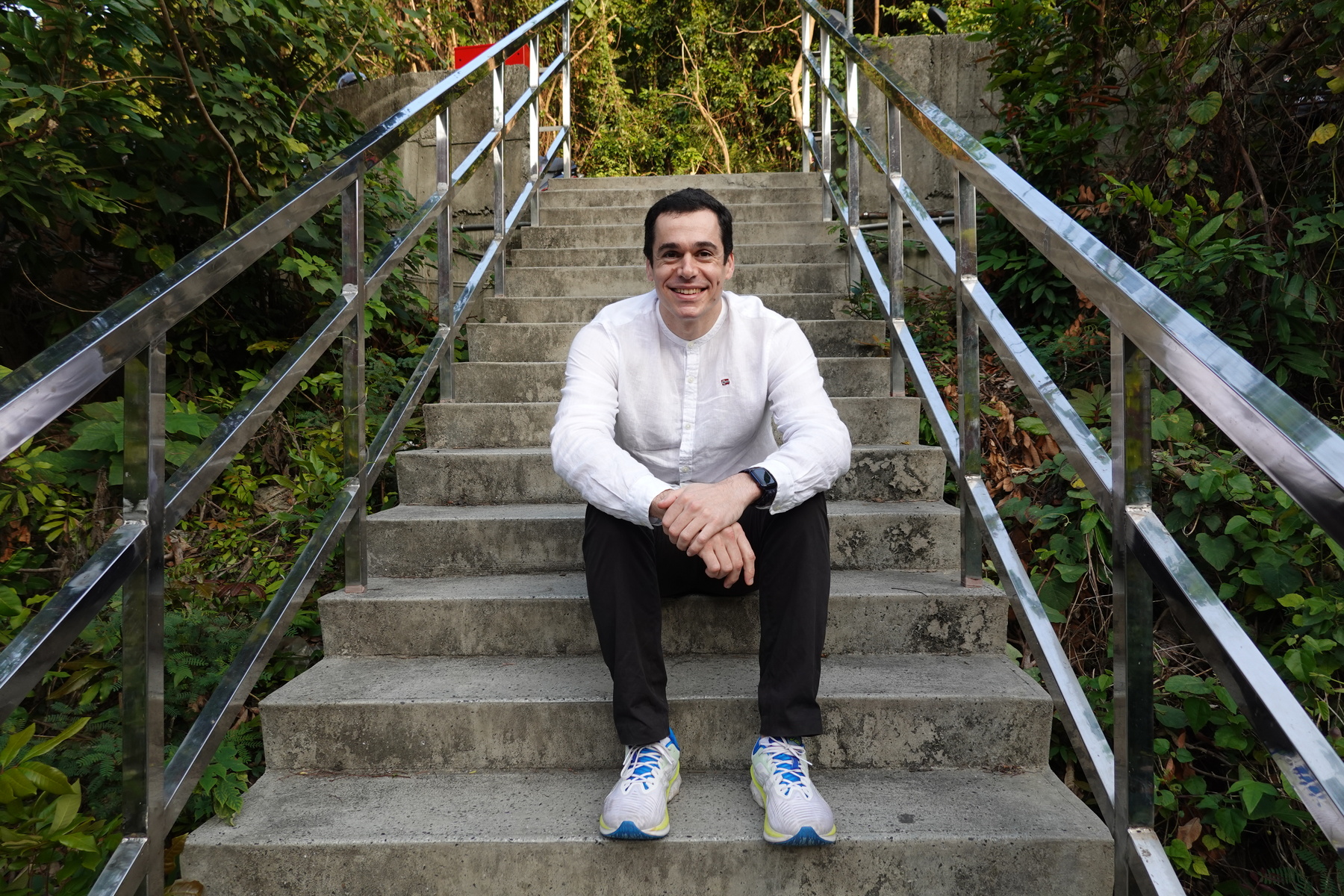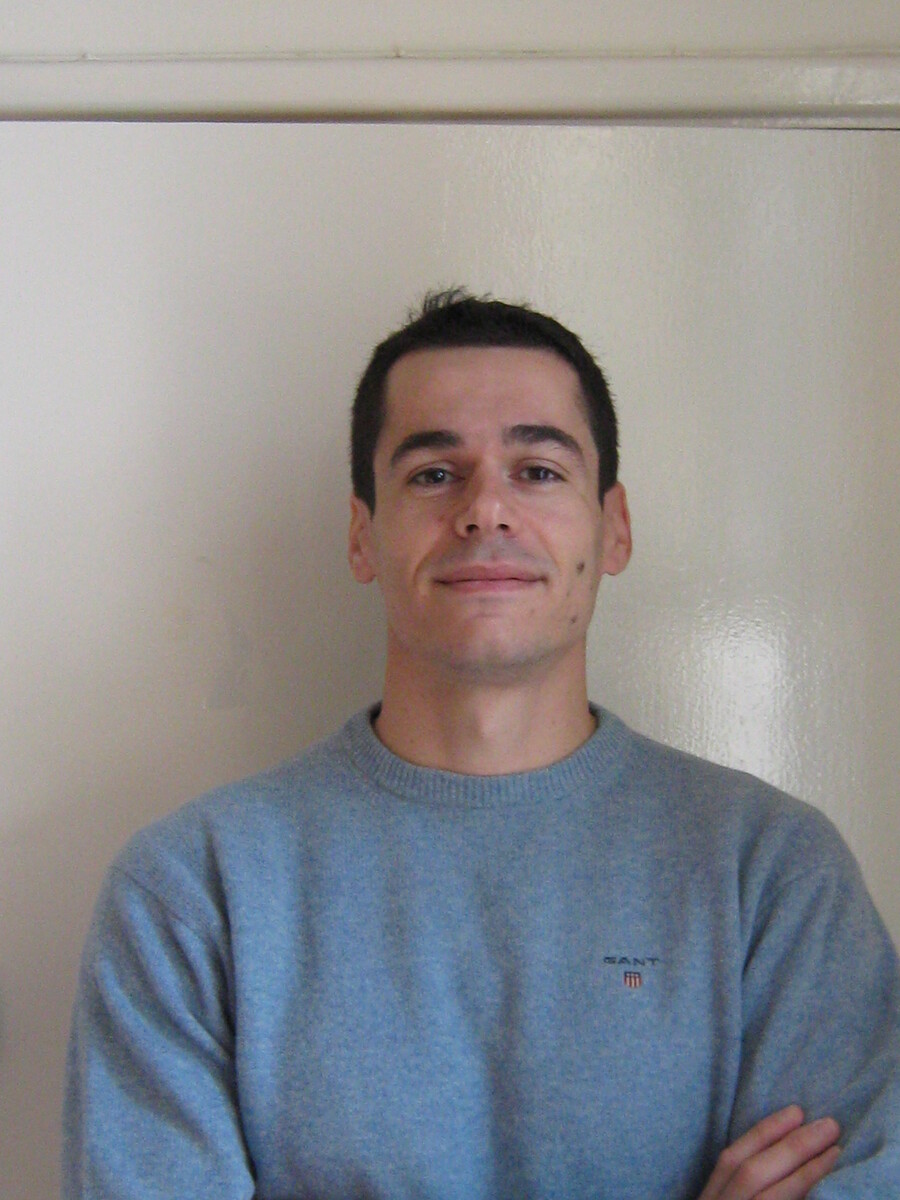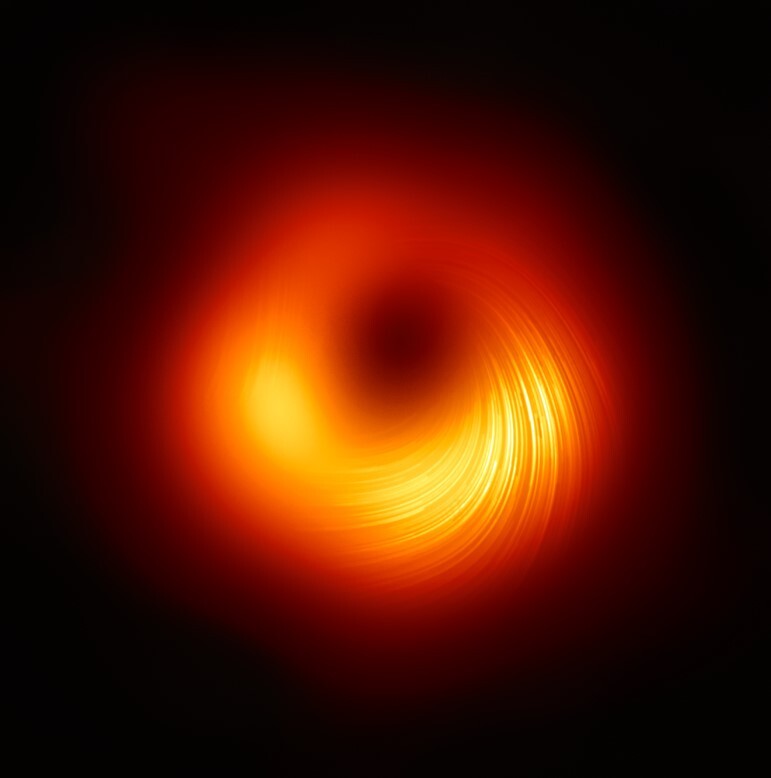How holographic principle changes the way we see our Universe



2022-03-24
Some physicists believe we might be living in a hologram. “Although it has not been formally proved yet, the holographic principle and its applications is one of the most revolutionary ideas in theoretical physics in the past 25 years and I am confident that it is right,” says Assistant Professor Dimitrios Giataganas of the Department of Physics at National Sun Yat-sen University.
In 1997, theoretical physicist Juan Maldacena, following previous developments, proposed a realization of the holographic principle – a model of the Universe in which gravity and the three-dimensional world are encoded on a two-dimensional surface. “This idea is revolutionary because it eventually bridges quantum physics, applied to very small distances, with gravitational physics, applied to large distances.” The holographic principle has been proven crucial to understand the properties of several physical systems including black holes, which reconcile quantum physics with gravitational physics, explains Professor Giataganas.
According to Einstein’s theory, a black hole is a place in space where the matter has been squeezed into a tiny volume, such that the gravity of a black hole is so strong that even light cannot escape its event horizon. Black holes are thus invisible and usually detectable by indirect observations: of their gravitational influence on their surrounding matter. “Everything that falls into a black hole is lost forever, but information about it is encoded on the surface of the event horizon,” says Professor Giataganas. In particular, the entropy of a black hole, which is a measure to quantify the amount of information, is proportional only to the two-dimensional area of the event horizon and not its three-dimensional volume. Thus, the information of the matter inside the black hole is a holographic reflection of what’s encoded on the two-dimensional surface of the event horizon.
It’s not only about black holes. “We can use the holographic principle to understand the beginning of the Universe,” says Professor Giataganas. “In extreme conditions, such as very high energies and at temperatures about one million times hotter than the center of the Sun, or in very large densities, an extremely peculiar state of matter emerges, called quark-gluon plasma. It can be thought of as a soup – nature's most perfect fluid – with the most fundamental building blocks of nature as the ingredients – the elementary particles called quarks. The Universe at its very first moments after the Big Bang was filled by the quark-gluon plasma before the creation of matter as we see it today. By studying the holographic models, we can better understand nature: how the Universe formed and evolved in the first moments after the Big Bang when matter existed in the form of quark-gluon plasma, and how it became like today.”
The European Organization for Nuclear Research (CERN) is now conducting an experiment to understand the Quark-Gluon plasma using the Large Hadron Collider – the world's largest and most powerful particle accelerator. In a 27 km ring tunnel, reaching about 100 m below the Earth’s surface, located between Switzerland and France, superconducting magnets with a number of accelerating structures boost the energy of two high-energy particle beams along the way, to make them collide at almost the speed of light, shatter, and turn into quark-gluon plasma. “When the smashing happens, we can reproduce the Universe at its very early stages after the Big Bang in the lab, for a tiny portion of a second.”
Such studies might soon help answer some still unresolved questions of nature. “For now, the holographic principle is one of the most promising ways to understand the theory of matter in extreme conditions. Our world may be a hologram as well,” concludes Professor Giataganas.
Assistant Professor Dimitrios Giataganas specializes in high-energy theoretical physics. He explores how the world works at the smallest and the largest scales and tries to understand quantum physics using holographic models. His research focus is on the Holographic Principle, Quantum Field Theory, Gravity, and the theory of Neural Networks and artificial intelligence in relation to theoretical physics.
Some physicists believe we might be living in a hologram. “Although it has not been formally proved yet, the holographic principle and its applications is one of the most revolutionary ideas in theoretical physics in the past 25 years and I am confident that it is right,” says Assistant Professor Dimitrios Giataganas of the Department of Physics at National Sun Yat-sen University.
In 1997, theoretical physicist Juan Maldacena, following previous developments, proposed a realization of the holographic principle – a model of the Universe in which gravity and the three-dimensional world are encoded on a two-dimensional surface. “This idea is revolutionary because it eventually bridges quantum physics, applied to very small distances, with gravitational physics, applied to large distances.” The holographic principle has been proven crucial to understand the properties of several physical systems including black holes, which reconcile quantum physics with gravitational physics, explains Professor Giataganas.
According to Einstein’s theory, a black hole is a place in space where the matter has been squeezed into a tiny volume, such that the gravity of a black hole is so strong that even light cannot escape its event horizon. Black holes are thus invisible and usually detectable by indirect observations: of their gravitational influence on their surrounding matter. “Everything that falls into a black hole is lost forever, but information about it is encoded on the surface of the event horizon,” says Professor Giataganas. In particular, the entropy of a black hole, which is a measure to quantify the amount of information, is proportional only to the two-dimensional area of the event horizon and not its three-dimensional volume. Thus, the information of the matter inside the black hole is a holographic reflection of what’s encoded on the two-dimensional surface of the event horizon.
It’s not only about black holes. “We can use the holographic principle to understand the beginning of the Universe,” says Professor Giataganas. “In extreme conditions, such as very high energies and at temperatures about one million times hotter than the center of the Sun, or in very large densities, an extremely peculiar state of matter emerges, called quark-gluon plasma. It can be thought of as a soup – nature's most perfect fluid – with the most fundamental building blocks of nature as the ingredients – the elementary particles called quarks. The Universe at its very first moments after the Big Bang was filled by the quark-gluon plasma before the creation of matter as we see it today. By studying the holographic models, we can better understand nature: how the Universe formed and evolved in the first moments after the Big Bang when matter existed in the form of quark-gluon plasma, and how it became like today.”
The European Organization for Nuclear Research (CERN) is now conducting an experiment to understand the Quark-Gluon plasma using the Large Hadron Collider – the world's largest and most powerful particle accelerator. In a 27 km ring tunnel, reaching about 100 m below the Earth’s surface, located between Switzerland and France, superconducting magnets with a number of accelerating structures boost the energy of two high-energy particle beams along the way, to make them collide at almost the speed of light, shatter, and turn into quark-gluon plasma. “When the smashing happens, we can reproduce the Universe at its very early stages after the Big Bang in the lab, for a tiny portion of a second.”
Such studies might soon help answer some still unresolved questions of nature. “For now, the holographic principle is one of the most promising ways to understand the theory of matter in extreme conditions. Our world may be a hologram as well,” concludes Professor Giataganas.
Assistant Professor Dimitrios Giataganas specializes in high-energy theoretical physics. He explores how the world works at the smallest and the largest scales and tries to understand quantum physics using holographic models. His research focus is on the Holographic Principle, Quantum Field Theory, Gravity, and the theory of Neural Networks and artificial intelligence in relation to theoretical physics.
Click Num:
Share
